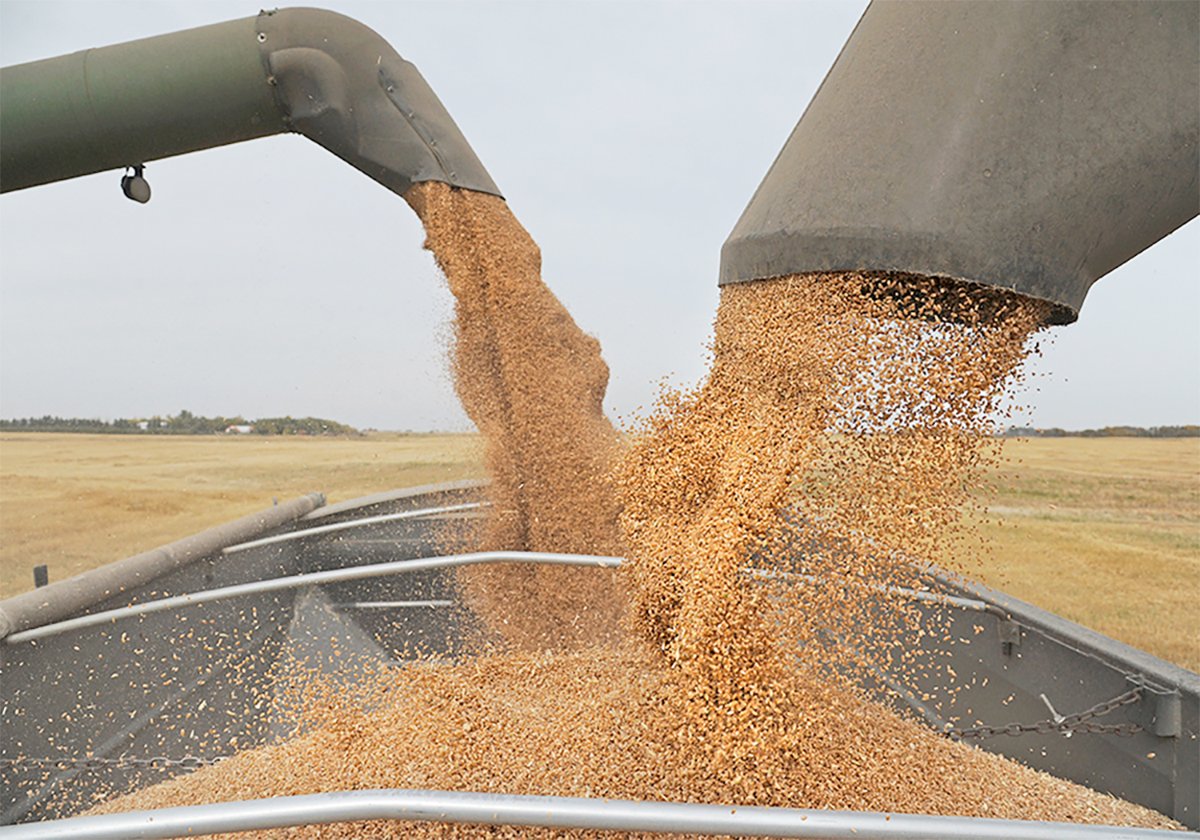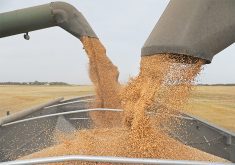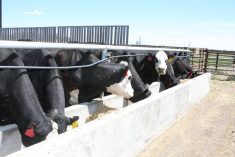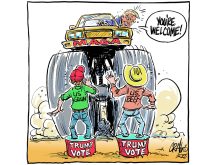The double-double jokes started within minutes of getting in the new Tundra Double Cab.
Comments such as double the foot space and double the knee room were only half in jest.
You can’t appreciate how much different the double cab is from a regular extended cab Tundra until you sit in the back.
Toyota did more than add larger doors when it made the double cab. The wheelbase has been extended by about 310 millimetres and nearly all of this extra distance went into rear seat space.
Read Also

Agriculture productivity can be increased with little or no cost
There’s a way to enhance agricultural productivity with little or no cost. It doesn’t even require a bunch of legislative changes.
The rear seat is full-sized and seats three.
Leg and foot room has been increased so riders in the back are nearly as comfortable as those in the front.
For tall people, the seat is low enough to let them sit upright comfortably.
Wheel base isn’t the only change.
Rear track width has increased by 62 mm, which improves handling slightly, particularly when pulling a trailer.
The biggest change from the wider rear track was that the Tundra no longer felt like a mid-sized truck pretending to be a full-sized unit.
Box dimensions are the same except for the height, which increased by 102 mm. Nearly every company has increased box height a bit but I don’t see a good reason for the change. What do they think? We can haul more leaves?
But the numbers tell only part of the story. They don’t allow people to experience how comfortable it is to sit in the rear seat, which has enough room to comfortably accommodate full-sized adults.
The backseat occupant in the middle sacrifices comfort, but in the words of the two outside backseat passengers, “the seat feels like a 500 kilometre seat.”
The driver’s view is unchanged.
Instrumentation is the same as in the other Tundra models.
The location of pedals, seat and steering wheel are the same, meaning that more than 90 percent of Canada’s drivers will be able to find a comfortable driving position quickly and easily.
By increasing the wheelbase, Toyota has subtly altered the Tundra’s handling.
Ride quality at speed seems improved while the loss of maneuverability that normally comes with a longer wheelbase is not noticeable.
I did the standard city things, such as parking, and I admit that angle parking is a bit easier than parallel parking, but it can be done in a regular-sized space.
Getting into and out of four-wheel drive is done with a dash mounted, push button system that lets you select 2WD, 4WD-Hi and 4WD-Lo.
Normally the selected mode will engage within a few seconds of pushing the button.
I managed to confuse the system by pushing buttons at inappropriate times, causing it to temporarily refuse to engage. Idling for about a minute in neutral seems to reset the system.
Off-road capability has not been compromised, with the stock tires being the only limitation.
Front and rear overhang are kept to a minimum so that approach and departure angles are good.
I managed to scrape the front and rear bumpers and while the front had minimal damage (I had to lay on the ground under the truck and look up), I tore off the rear trailer wiring connection, which is located beside the trailer hitch, under the bumper. I’ve done that on Fords, Dodges and more than one GM vehicle and it does get annoying.
Tundra gets its power from Toyota’s 4.7 litre DOHC V8. This particular version is rated at 240 horsepower and 315 pound feet of torque.
A four-speed electronically controlled automatic gets the power to a two-speed transfer case and from there to the front or rear wheels, depending on where you have set the in-cab electronic transfer case switch.
The Tundra’s brakes consist of front discs and rear drums.
Toyota had looked at four-wheel discs, but it seems that rear drums are less prone to problems and are up to the task of stopping the Tundra. ABS brakes and an electronic brake proportioning system are standard.
Options include electrically heated exterior mirrors and heated front seats. Other items of interest are the new power retracting rear window and the optional off-road package.
The double cab is the next logical step in the development of a full-sized truck line from Toyota and as expected, it will set the standard for the class.
In addition, Toyota intends to heat up the truck wars over the next few years with a new truck assembly plant in Texas and the semi-secret notion that it might build another larger truck at this plant in late 2005 or early 2006.
Charles Renny is a freelance automotive columnist and a member of the Automobile Journalists Association of Canada. The opinions expressed in this column are the personal views of the writer.














